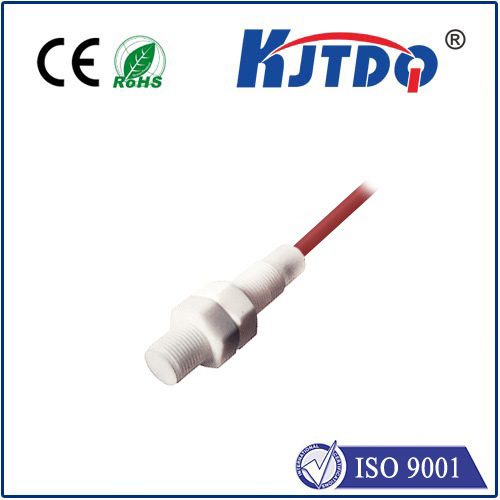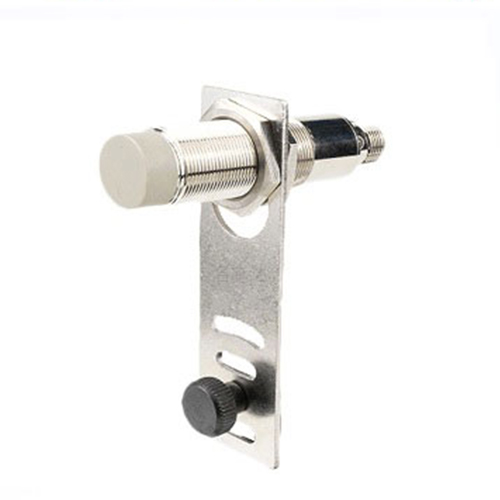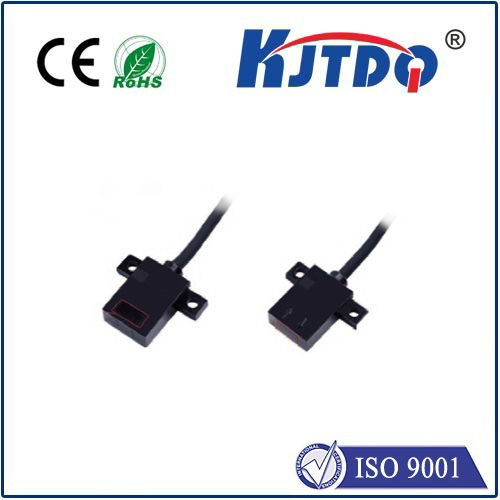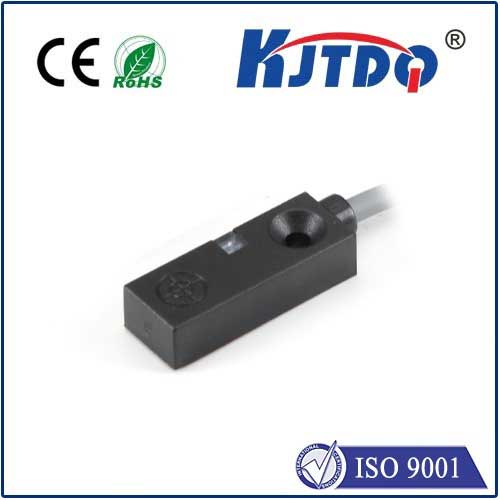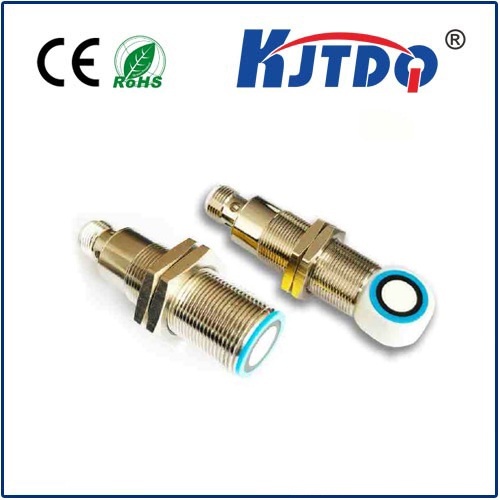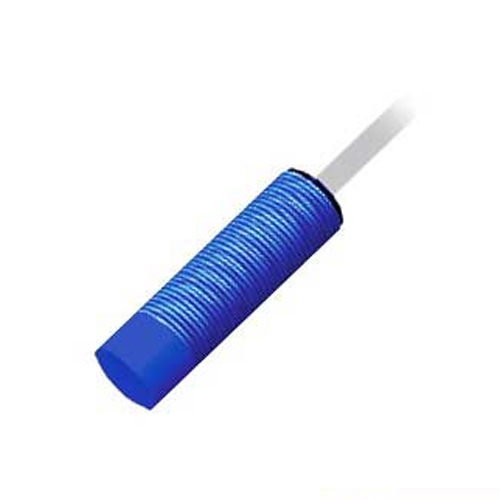photoelectric sensors sick
- time:2025-09-12 00:37:07
- Click:0
Photoelectric Sensors Acting Up? Diagnosing and Fixing Common Failure Modes
That dreaded moment arrives: a critical machine halts. Production grinds to a standstill, technicians scramble, and fingers point towards the photoelectric sensor flashing an error or, worse, sitting silently inert. Photoelectric sensors, the unsung heroes of factory automation, packaging lines, and countless material handling applications, are remarkably reliable – until they aren’t. When these optical workhorses get “sick,” swift diagnosis and remedy are paramount to minimize costly downtime. Understanding the why behind common failures is your first line of defense.
Photoelectric sensors operate on a beautifully simple principle: an emitter sends out a beam of light (visible, infrared, or laser), and a receiver detects it. Anything interrupting or altering this beam triggers a signal change, indicating presence, absence, position, or other vital parameters. Their non-contact nature makes them ideal, but it also opens avenues for malfunction when conditions aren’t perfect.

Here’s a breakdown of the most frequent culprits that send photoelectric sensors into a “sick” state:
- Signal Loss or False Triggers (The Phantom Interruption):
- Cause: Misalignment is the prime suspect. Vibration, accidental bumps, thermal expansion/contraction, or poor initial setup can cause the emitter and receiver to lose their precise optical “lock.” Even a fraction of a degree matters.
- Symptoms: The sensor fails to detect objects it should (no signal when needed) or triggers when nothing is present (false positives).
- Remedy: Precise realignment is critical. Use alignment tools provided by the manufacturer (like SICK’s alignment aids). Secure mounting brackets firmly. Consider sensors with visual alignment aids or audible feedback during setup. Vibration-dampening mounts can be crucial in harsh environments.
- Contamination (Blinded by Grit):
- Cause: Dust, dirt, oil mist, grime, paint overspray, or moisture accumulating on the emitter or receiver lens acts like opaque sunglasses. It scatters or blocks the light beam significantly.
- Symptoms: Gradual performance degradation, increased sensitivity demands, complete signal loss, erratic triggering. Common in woodworking, foundries, food processing, and outdoor applications.
- Remedy: Regular, careful lens cleaning using appropriate solvents and lint-free wipes is essential. Selecting sensors with higher IP ratings (Ingress Protection) like IP67 or IP69K provides inherent resistance. Consider sensors with lens surface treatments (e.g., SICK’s Active Surface Cleaning technology) that repel contaminants. Using protective air curtains (air knives) to blow debris away can be highly effective.
- Environmental Light Interference (Drowning Out the Signal):
- Cause: Strong ambient light sources – sunlight, welding arcs, powerful lamps – can flood the receiver with photons, overwhelming the sensor’s own modulated signal.
- Symptoms: Intermittent operation (especially during daylight hours or near flickering lights), false triggering, or complete inability to detect.
- Remedy: Opt for sensors with robust modulated light technology. Modulated sensors pulse their light at a specific frequency, and their receivers are tuned only to that frequency, ignoring constant or differently pulsed ambient light. Physical shielding (hoods, tubes) around the sensor heads can block stray light. Ensure the receiver is not directly facing major light sources.
- Object-Related Issues (When the Target is the Problem):
- Cause:
- Low Reflectivity: Dark, matte, or transparent objects absorb or transmit too much light instead of reflecting it back to a retro-reflective or diffuse sensor.
- Small Size/Inconsistent Presentation: Tiny objects might not break the beam sufficiently; odd-shaped objects might only intermittently register.
- Shiny Surfaces: Can cause specular reflection, bouncing the beam away from the receiver instead of back to it.
- Symptoms: Failure to detect specific problematic objects, inconsistent detection.
- Remedy: Carefully match sensor type and mode to the application and target object. Use background suppression sensors for reliable detection independent of color or reflectivity. Polarized filters help manage reflections from shiny surfaces. Through-beam sensors (separate emitter/receiver) often provide the most reliable detection for difficult objects or long ranges. Fine-tuning sensitivity is crucial.
- Electrical Problems (Power and Signal Gremlins):
- Cause: Incorrect wiring (wrong voltage, swapped wires), voltage spikes/surges, unstable power supply, damaged cables/connectors, excessive cable length causing voltage drop or interference.
- Symptoms: Sensor not powering on, erratic behavior, signal instability, blown fuses.
- Remedy: Double-check wiring against the datasheet schematic. Ensure a stable, clean power supply within the sensor’s specified range. Use short, shielded cables where possible, especially in noisy electrical environments. Implement surge protection devices. Inspect cables and connectors for physical damage. Proper grounding is essential.
- Environmental Extremes (Pushed Beyond Limits):
- Cause: Operating consistently outside the sensor’s rated temperature, humidity, or shock/vibration specifications.
- Symptoms: Premature failure, drift in sensitivity, physical damage (cracked housings/lenses), condensation inside the housing.
- Remedy: Select sensors explicitly rated for the harshest anticipated conditions. Check datasheets for operating and storage temperature ranges, humidity tolerance, and vibration/shock specs. Consider protective enclosures or heater/cooler units for extreme environments. Ensure sensors aren’t positioned near excessive heat sources like ovens or motors.
The SICK Advantage: Built-In Diagnostics and Robustness
When discussing photoelectric sensors, SICK Gmbh stands out as a leader, partly due to features designed to minimize downtime and simplify troubleshooting – essentially helping sensors “stay healthy” or quickly diagnose their “illness.” Many modern SICK photoelectric sensors incorporate sophisticated diagnostic functions:
- Visual Status Indicators (LEDs): Go beyond simple power/switch indicators. Multi-color LEDs can clearly signal operating modes, signal strength, overload conditions, contamination warnings, and even teach-in status, providing instant visual feedback on sensor health.
- IO-Link Communication: Advanced sensors equipped with IO-Link not only transmit the switching signal but also a wealth of diagnostic and process data. This includes operating hours, internal temperature, signal strength readings, contamination levels, and detailed error codes, enabling predictive maintenance.
- Enhanced Environmental Protection: SICK offers extensive ranges with high IP69K ratings for washdown environments, resistance to specific chemicals, and robust housings designed to withstand severe mechanical stress.
- Advanced Technologies: Features like Auto Adaptation automatically compensate for mounting tolerances or contamination to a degree. Multi-Distance measurement allows reliable detection of objects with varying reflectance. Background Suppression technology ensures detection is based on distance, not reflectivity.
Proactive Health for Your Photoelectric Sensors
Preventing photoelectric sensors from getting “sick” starts with smart selection and installation. Choose the right type (through-beam, retro-reflective, diffuse) and technology (standard, background suppression, distance measurement) for the specific application and environment. Ensure stable mounting and correct alignment from the outset. Implement regular preventative maintenance schedules, including lens cleaning and visual inspections. Leverage sensors with built-in diagnostic capabilities, like those from SICK, to gain early warnings of potential issues before they cause a line stoppage. Understanding the common failure modes empowers you to quickly diagnose the “illness” and administer the right cure, keeping your automation processes running smoothly and efficiently.






